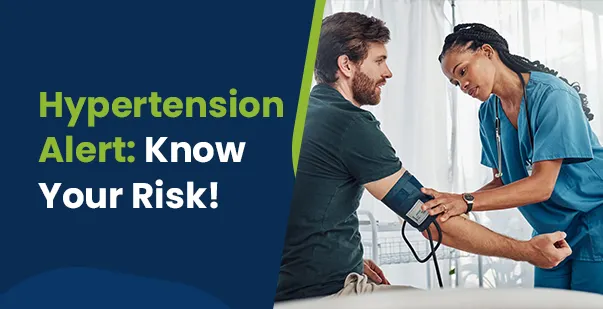Table of Contents
- Introduction
- Understanding Hypertension and Its Silent Impact
- How Often Should You Monitor Your Blood Pressure?
- Practical Tips for Hypertension Prevention and Control
- World Hypertension Day 2025 Theme: What It Means for You
- Stay Ahead of the Silent Threat
High blood pressure often has no warning signs, but it can lead to serious health problems if ignored. World Hypertension Day is a reminder to take control of your heart health, starting with a simple blood pressure check. Are you keeping track often enough?
Every year on 17th May, World Hypertension Day puts the spotlight on a global health crisis hiding in plain sight. Often dubbed the “silent killer”, hypertension affects over 1.28 billion adults worldwide, with nearly 46% unaware they even have it, according to the World Health Organization (WHO).
Despite being preventable and manageable, hypertension remains one of the leading causes of heart attacks, strokes, kidney damage, and premature death. This year’s theme, “Measure Your Blood Pressure Accurately, Control It, Live Longer!”, is a powerful reminder that knowing your numbers can save your life.
In this blog, we’ll explore what hypertension is, why it matters, how often you should check your blood pressure, and simple yet effective steps to manage or prevent it.
Understanding Hypertension and Its Silent Impact
High blood pressure silently pushes your heart to work harder, slowly damages your arteries, and increases your risk of heart attacks, strokes, kidney disease, and even vision loss. What makes it even more dangerous? It often has no warning signs.
Meet Daniel, a 45-year-old high school teacher. Healthy on the outside, Daniel rarely saw a doctor; he exercised occasionally and didn’t feel “sick.” One weekend, after experiencing chest tightness and dizziness, he went to the ER. His blood pressure? 190/120. He was at serious risk of a stroke. Further tests revealed early-stage heart enlargement. This case shows that a simple blood pressure check can change the trajectory of your health. So stay aware and take action.
World Hypertension Day: History, Themes, and Significance
World Hypertension Day was first observed on May 14, 2005, initiated by the World Hypertension League (WHL). Back then, hypertension wasn’t getting the attention it deserved, despite being one of the leading causes of heart disease, stroke, and premature death worldwide.
The WHL set out to change that by dedicating one day each year to raising awareness about high blood pressure. Their goal was to make more people aware of their blood pressure status and the health risks they might silently be carrying. Since then, World Hypertension Day has become a global movement, supported by health organizations and communities in over 100 countries.
The Evolution of World Hypertension Day Themes
Each year, World Hypertension Day is tied to a central theme, a rallying cry tailored to current public health needs. These themes help guide local and global initiatives, from blood pressure screening camps to public health campaigns on lifestyle change.
Here is an overview of some past themes:
- 2005: “Awareness of High Blood Pressure”
The first theme focused on simply getting people to recognise the term “hypertension” and understand its risks.
- 2007: “Healthy Blood Pressure – Healthy Heartbeat”
This year, expanded awareness by linking hypertension directly to heart health and sudden cardiac deaths.
- 2013: “Healthy Lifestyles, Healthy Blood Pressure”
Placed lifestyle changes like diet, salt reduction, and exercise at the centre of hypertension prevention messaging.
- 2018–2020: “Know Your Numbers”
Perhaps the most recognised campaign, this multi-year focus stressed the importance of regular blood pressure monitoring. It helped millions globally understand what systolic and diastolic values mean — and what action to take.
- 2023–2024: “Measure Your Blood Pressure Accurately, Control It, Live Longer”
A theme so critical, it was extended into 2025. Its focus on accuracy and personal control marked a turning point in global self-monitoring advocacy.
These evolving themes demonstrate how WHD continues to address gaps from awareness, to lifestyle change, to precise, self-managed care.
How Often Should You Monitor Your Blood Pressure?
Blood pressure is considered normal if it is below 120/80 mm Hg. Elevated readings between 120–129 systolic and less than 80 diastolic are considered elevated, while readings of 130/80 mm Hg or higher are classified as high blood pressure or hypertension, according to the American Heart Association. The frequency of monitoring depends on factors like your age, health status, and family history. Here’s a breakdown to help you determine the right schedule for you.
Healthy Adults: At Least Once Every 1–2 Years
For most healthy adults under 40 with no risk factors for high blood pressure (hypertension), it’s generally recommended to check your blood pressure every 1–2 years. According to the American Heart Association, nearly half of adults in the U.S. have high blood pressure, but many are unaware because there are often no symptoms. Regular checks can help detect any early changes in your health. In fact, the Cleveland Clinic reports 47% of adults with high blood pressure are not aware they have it, highlighting the importance of monitoring even when you feel fine.
People Over 40 or with Risk Factors: Once a Year
Once you reach 40, or if you have risk factors for hypertension (like obesity, smoking, or a family history of heart disease), you should get your BP checked at least once a year. The Centers for Disease Control and Prevention (CDC) reports that high blood pressure affects 1 in 3 adults in the U.S., and risk factors such as age, obesity, and lifestyle choices can make you more susceptible. People with risk factors are more likely to develop high blood pressure, which often has no symptoms until it’s too late. Regular monitoring can help catch any changes early, allowing for timely intervention.
Diagnosed Hypertensives: More Often, as Advised by Your GP
If you’ve been diagnosed with high blood pressure, your doctor will likely recommend monitoring your BP more frequently. The CDC states that approximately 119.9 million Americans have high blood pressure, and of those, about 81 million are under treatment. This could mean checking it several times a month or even more often, depending on your treatment plan and how well your condition is controlled. Regular monitoring is vital for ensuring that your blood pressure remains within a healthy range and helps your doctor adjust treatment if necessary.
Step-by-Step Guide to Using Home Monitors Correctly
While visiting your doctor is important, you can also monitor your blood pressure at home using a digital blood pressure monitor. To get accurate readings, follow these steps:
- Sit Properly: Sit in a relaxed position with your back supported and feet flat on the ground.
- Avoid Caffeine and Stress: Caffeine and stress can spike your BP temporarily, so avoid them before taking your reading.
- Rest for a Few Minutes: Allow yourself at least five minutes of rest before checking your BP.
- Position the Cuff Correctly: Ensure the cuff is placed on your upper arm, with the lower edge about an inch above your elbow.
- Take Multiple Readings: It’s good practice to take two or three readings a few minutes apart and average them for accuracy.
Monitoring your blood pressure regularly is one of the simplest ways to ensure your heart health stays in check. Whether you’re healthy, at risk, or managing hypertension, knowing when and how often to measure your BP can help keep your health in a safe range.
Practical Tips for Hypertension Prevention and Control
High blood pressure (hypertension) is a silent health issue that affects approximately 47% of adults in the U.S., according to the Cleveland Clinic. But the good news is that with a few simple lifestyle changes, you can prevent and control hypertension, even if you’re at risk. Here’s how to get started:
Food First: Cut the Salt, Go Green, and Try the DASH Diet
Cutting back on sodium is the best strategy, as excessive salt increases blood pressure. The American Heart Association recommends limiting sodium to less than 1,500 mg per day for most adults. Also, loading up on potassium-rich foods like bananas, spinach, and sweet potatoes can balance the effects of sodium. The DASH (Dietary Approaches to Stop Hypertension) diet is a doctor-approved eating plan that emphasizes whole grains, lean proteins, fruits, and vegetables while reducing salt and unhealthy fats. Following the DASH diet can lower systolic blood pressure by 8–14 mm Hg, which is significant in preventing hypertension-related complications.
Move More: Just 30 Minutes of Brisk Walking a Day
Exercise is another key component in managing blood pressure. It doesn’t require intense workouts, just 30 minutes of brisk walking most days of the week can reduce your risk of hypertension by improving your heart’s efficiency. In fact, regular physical activity can lower systolic blood pressure by 4–9 mm Hg, a reduction that’s comparable to some blood pressure medications.
Mind Your Stress: Stress Is a Pressure Multiplier
Chronic stress can have a huge impact on your blood pressure. In fact, stress can raise your blood pressure temporarily, but over time, it can contribute to long-term hypertension. To counteract this, try incorporating breathing exercises, meditation, or yoga into your routine. Also, maintaining healthy sleep hygiene, such as sticking to a regular sleep schedule and creating a calming bedtime routine, can help lower stress levels and, in turn, reduce blood pressure. A good night’s sleep (7–9 hours) can significantly support heart health.
Small Swaps, Big Results: Replace Packaged Snacks with Nuts or Lift Water Over Cola
Small, sustainable changes can have a big impact over time. Swap out salty packaged snacks with unsalted nuts or low-sodium popcorn. Replace sugary sodas with water or herbal teas. These simple swaps can help lower sodium intake and reduce added sugar, both of which are linked to high blood pressure. Just one can of soda per day can increase your risk of hypertension by 50% over time, according to a study from the Harvard T.H. Chan School of Public Health.
Medication Matters: Why Sticking to Your Doctor’s Prescription Is Non-Negotiable
Even if you “feel fine,” it’s important to follow your doctor’s prescribed treatment plan for hypertension. Skipping medications or stopping treatment can cause your blood pressure to rise again, increasing your risk of heart disease, stroke, and kidney damage. Studies published in PMC show that nearly 1 in 3 people with hypertension don’t have it under control, often due to inconsistent medication adherence. Taking your medication exactly as prescribed is crucial to keeping your blood pressure in check and preventing complications.
By making these practical changes, adjusting your diet, exercising regularly, managing stress, and sticking to your treatment plan, you can significantly reduce your risk of hypertension and its associated health problems. Starting small, with one or two changes, can lead to long-term health improvements. It’s all about consistency and taking control of your heart health!
World Hypertension Day 2025 Theme: What It Means for You
The 2025 theme, “Measure Your Blood Pressure Accurately, Control It, Live Longer!” is more than a slogan. It’s a practical reminder that regular and accurate blood pressure checks can prevent life-altering complications like heart attacks and strokes. Using a validated digital monitor, sitting in the right posture, and tracking results over time can empower anyone to take control. It’s a small daily habit with life-saving potential and one that health experts now consider as essential as brushing your teeth.
This day doesn’t end with awareness posters. Across the world, schools are holding workshops on heart health, clinics are offering free BP screenings, and companies are hosting wellness drives. Even social media is joining the mission, with doctors and creators posting challenges that encourage followers to #KnowYourNumbers. From rural areas to tech campuses worldwide, the campaign is sparking action that’s real, relatable, and rooted in everyday lives.
Stay Ahead of the Silent Threat!
Hypertension may be silent, but its impact is loud on families, communities, and lives. World Hypertension Day is a timely reminder to check your blood pressure regularly, live healthier, and take control before complications strike. From adopting the DASH diet to managing stress and staying active, small, consistent steps can protect your heart and add years to your life. And remember, emergencies can happen anytime. Knowing how to respond can make all the difference.
If you’re a healthcare professional or someone committed to saving lives, take the next step: consider taking an Advanced Cardiovascular Life Support (ACLS) course. It equips you with critical skills to respond when every second counts because awareness is the first step, but preparedness can make all the difference.







